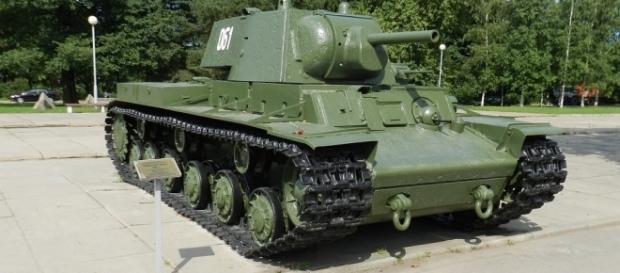

Their successors, the M46 Patton and T-54, followed suit before the main battle tank doctrine was fully accepted.ĭevelopment of the main battle tank British Centurion Mk 3, a first generation main battle tank at Eastbourne Redoubt These were highly similar to early main battle tanks, with powerful guns, moderate armor, and decent mobility. Among these have been larger yet guns, correspondingly improved armor systems, and refinements to targeting and ranging ( fire control), gun stabilisation, communications and crew comfort.ĭuring and after World War II some medium tanks designs, such as the American M26 and Soviet T-44, were mass produced before the concept of a main battle tank idea had evolved. The decades since have seen continual improvements in tank design, but no fundamental change. In the 1950s, many nations' tanks were equipped with NBC (nuclear, biologic, and chemical) protection, allowing mechanized units to defend against all three types of weapon, or to conduct breakthroughs by exploiting battlefield nuclear strikes. The Korean War proved that tanks were still useful on the battlefield, given the hesitation of the great powers to use nuclear weapons. These had little in common, with smaller NATO nations purchasing or adapting one or more of these designs. Oppositely, the key NATO nations – the US, UK, France, and West Germany – all developed their own tank designs. Soviet domination of the Warsaw Pact led to effective standardization on a few tank designs.

Aspects of gun technology changed significantly as well, with advances in shell design and terminal effectiveness. Tanks became larger and advances in armour made it much more effective. In spite of this, tanks would not only continue to be produced in huge numbers, but the technology advanced dramatically as well. Many war planners believed that with the advent of nuclear weapons the tank was obsolete, given that a tactical nuclear weapon could destroy any brigade or regiment, whether it was armoured or not.

The period pitted the nations of the Eastern Bloc (organized under the Warsaw Pact in 1955) and the North Atlantic Treaty Organization ( NATO (since 1949) against each other.Īfter World War II, tank design budgets were cut and engineering staff was often scattered. Tank development both evolved considerably from World War II and played a key role during the Cold War (1945–1990).


 0 kommentar(er)
0 kommentar(er)
